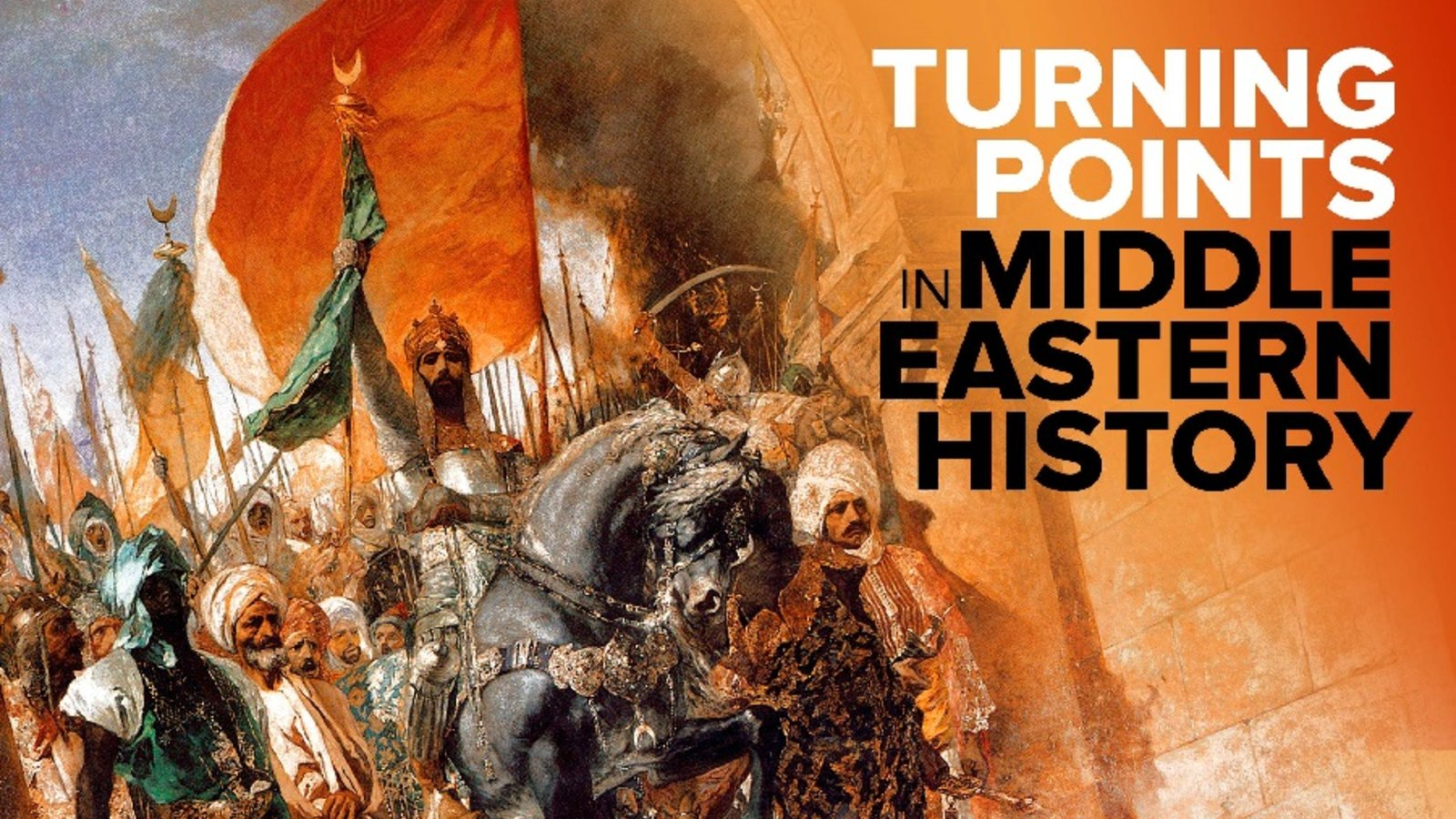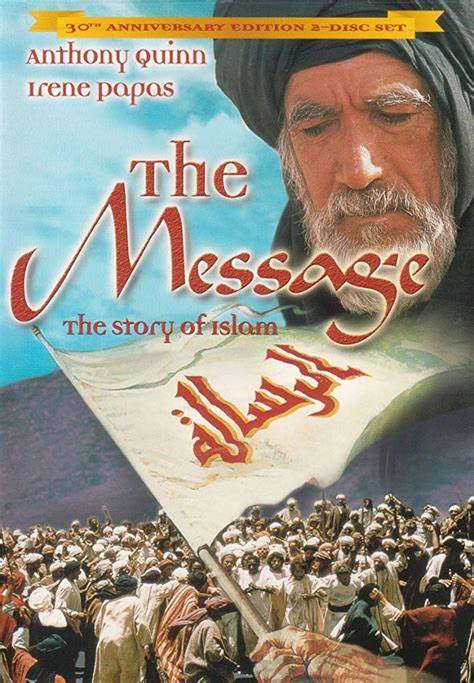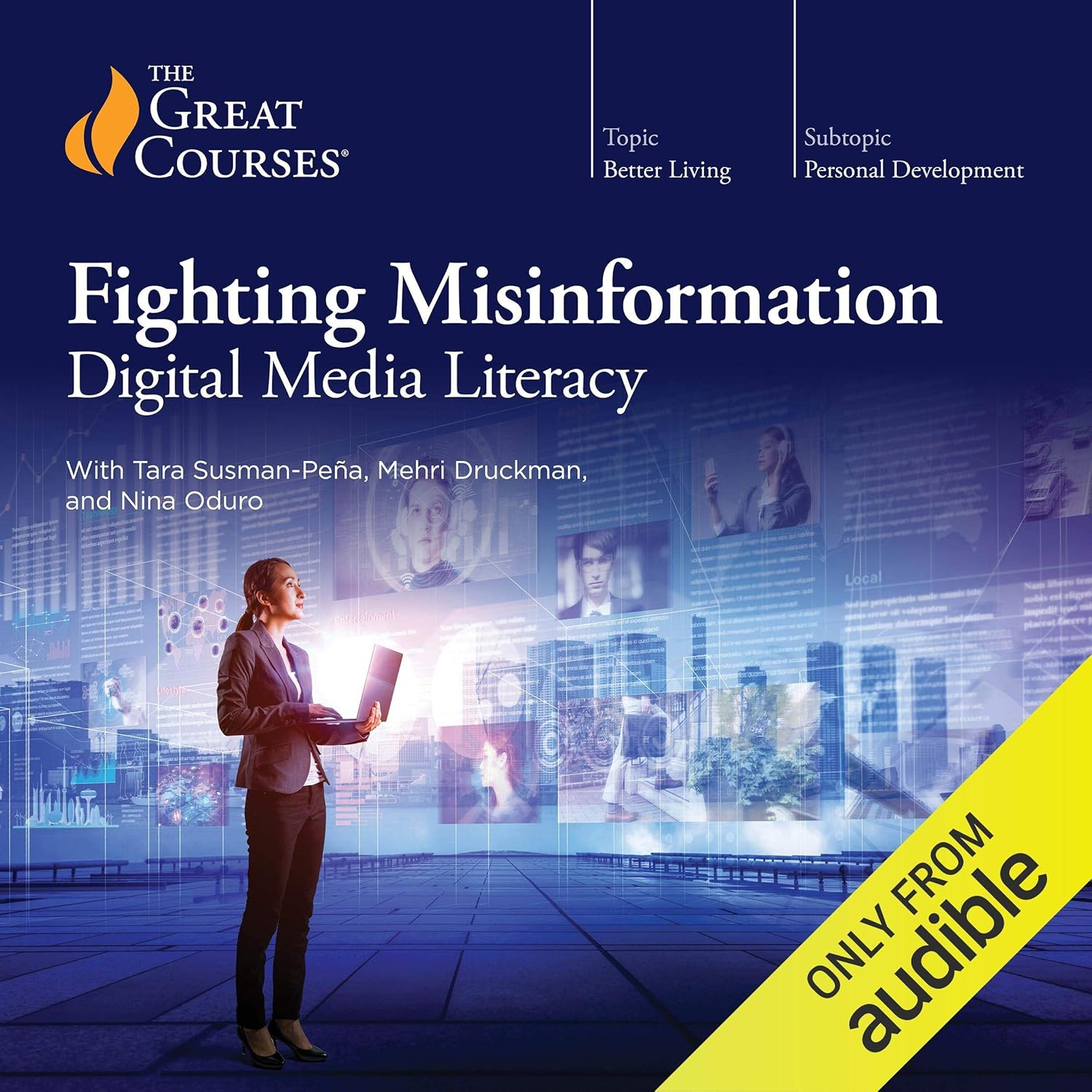Latest videos
Discover the golden age of Cordoba as a global center of education and culture. Learn how the displaced Umayyad caliphate established a kingdom in exile in Cordoba, whose rulers oversaw remarkable advancements in lifestyle and manners, magnificent architecture and urban development, and the cultivation of the best available Muslim, Christian, and Jewish scholarship.
Follow the rise of the Fatimids - history's only Shia caliphate - in political and religious opposition to the Baghdad-based Abbasids. Witness the founding of Cairo as the new Fatimid capital, and examine the enlightened leadership of the 4th and 5th Fatimid caliphs, under whom Cairo became the most important city in the Islamic world.
The world's first university was founded by a visionary Muslim woman in the city of Fes, Morocco. Learn how this groundbreaking institution made advanced education available to all. Assess its influence in the Middle East, discover its unrivalled impact on European learning, and examine the life and work of one of its most celebrated alumni.
Under the Abbasid Caliph al-Ma'mun, Baghdad thrived as both a center of trade and manufacturing and a world city of scholarship. Consider al-Ma'mun's lavish patronage of learning, his promotion of translation and scholarly missions, and his extraordinary influence in three areas: literature, the sciences, and Islamic theology.
As the political center of the Muslim world, Baghdad would have a role and importance unlike any other urban center on earth. Chart the building of Baghdad as an imperial capital; explore its monumental, Persian-inspired architectural design; and discover the human factors that made it one of the greatest centers of learning in human history.
The Battle of Talas in Central Asia was the only occasion when Arab and Chinese armies would oppose one another. Explore the factors leading to the encounter, the lengthy battle that led to victory for the Abbasid Arabs, and the resulting spread of papermaking to the Middle East, an event with global impact.
Study the events surrounding the incursion of Berber-Arab armies into the Iberian peninsula in 711, leading to Muslim domination of the region that would last 800 years. Witness the fateful Battle of Guadalete and the Arabs' advance north, and consider both the immediate legacy of the invasion and its overall impact on European history.
The Battle of Karbala represents the defining moment in the split between the two main branches of Islam. Learn about how the faith came to violent internal conflict so early in its history, assess the nature of the underlying dispute over succession, and witness the political and religious fallout from the battle itself.
The establishment of the Umayyad caliphate's capital in Damascus was the most important political turning point in early Muslim history. Trace the Umayyads' achievements, and investigate their reasons for locating the empire's capital away from the Arabian peninsula, reflecting the shift from a religiously inspired Islamic empire to a politically oriented imperial power.
The seventh-century Arab invasion of North Africa brought profound and permanent change to the entire region. Follow the Arab armies of the newly created Islamic empire in their conquest of the territories of Egypt, Libya, Tunisia, and Morocco, and take account of the lasting Arabization and Islamization that resulted.
Historically, the rise of Islam was a turning point among turning points. Trace key phases in the life of Muhammad, from the founding of the faith through his years of opposition and his ultimate establishment of Islam as a religious and political entity. Assess the global impact of these events, and analyze their reverberations today.
Consider the geographical region we call the Greater Middle East, and explore the range of nations and cultures that define it. Preview some of the remarkable historical turning points you'll witness, encompassing conquests, political alliances, invasions, and the rise of Islam, as well as social, intellectual, and economic flowering of numerous kinds.
The Message (Arabic: الرسالة, Ar-Risālah; originally known as Mohammad, Messenger of God) is a 1976 epic film directed and produced by Moustapha Akkad that chronicles the life and times of Muhammad, who is never directly depicted.[4]
Released in separately filmed Arabic- and English-language versions, The Message serves as an introduction to the early history of Islam. The international ensemble cast includes Anthony Quinn, Irene Papas, Michael Ansara, Johnny Sekka, Michael Forest, André Morell, Garrick Hagon, Damien Thomas, and Martin Benson. It was an international co-production between Libya, Morocco, Lebanon, Syria and the UK.
The film was nominated for Best Original Score in the 50th Academy Awards, composed by Maurice Jarre, but lost the award to Star Wars (composed by John Williams).
The rise of new technology has led to a simultaneous, exponential increase in misinformation—locally, nationally, and even internationally. Learn how artificial intelligence and augmented reality programs are being used to spread misinformation, and how media literacy, Label to Disable, and Care before You Share can be used to combat its spread.
How can we make good decisions about important health and science issues if we cannot trust the news we get about them? Scientific knowledge, by its very nature, is always changing, but using some simple methods described in this segment, you can ascertain the validity of health and science information.
Your ability to differentiate between fact and opinion and to judge the quality of media content is vital to a functional democracy. You do not have to go it alone. Learn how the professionals test and verify information, as well as what websites, plug-ins, and tactics can help you determine journalistic integrity and accuracy of information.
How do fake information and stereotypes combine to produce an especially damaging type of misinformation? Fake information, including fake social media accounts, fake chat messages, and fake reviews, can infiltrate our electronic lives. See how stereotypes can magnify the damage done by fake information, and consider the difficult questions presented by the human tendency toward bias.
Visual images have been selected, edited, reframed—even manipulated—before they reach us, often in ways designed to elicit an emotional response. Explore the impact of reuse and mislabeling, photo selection effect, and deliberate alteration or forgery to affect how we see and feel about an image. Then, employ Label to Disable to diffuse the threat of visual misinformation.
Humans often fail to critically evaluate the world around us. Take a close look at the machinations of misinformation, and how it can be used in conjunction with our natural cognitive biases to lead us astray. Learn about the role of reality distortion, the “Barnum effect,” selective recall, and confirmation bias in misinformation, and how techniques like “Label to Disable” and “Care before You Share” can help.
Options for news sources have expanded exponentially in the digital age. Content is at our fingertips from traditional news sources, but anyone can now be a publisher of information on the internet, and computer algorithms are influencing what you see every day. How do we sort the legitimate news from false, misleading, or opinion content? Travel with your instructors through the history of communication technology as you learn how to separate the wheat from the chaff.



